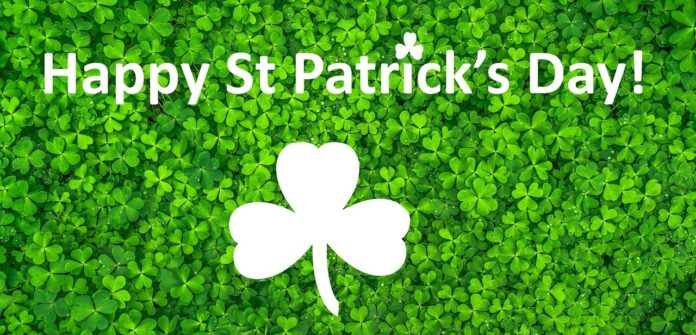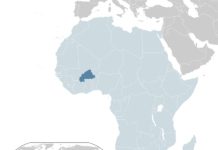Saint Patrick’s Day, celebrated on March 17th each year, honors Saint Patrick, Ireland’s most celebrated patron saint. This day has grown beyond its religious beginnings to embody a worldwide celebration of Irish heritage, featuring parades, traditional foods, music, dance, and an abundance of green.
The holiday’s roots date back to the early 17th century, established by the Catholic Church to commemorate Saint Patrick, who is believed to have introduced Christianity to Ireland in the 5th century. According to popular tales, Saint Patrick used the shamrock, a three-leafed plant, to explain the Holy Trinity to the Irish pagans, making the shamrock a lasting symbol of the holiday and Irish culture.
Initially, Saint Patrick’s Day was purely a spiritual observance, starting with a feast and a church service, given its placement within the Lenten season. Irish households customarily went to church in the morning and engaged in celebrations later in the day. Restrictions on consuming meat during Lent were relaxed for this occasion, facilitating celebrations that featured dancing, drinking, and indulging in dishes like Irish bacon and cabbage.
The character of the celebration began to evolve in the 18th century, particularly as Irish people emigrated globally, especially to the United States. The first parade in New York City on March 17, 1762, by Irish soldiers in the English military, marked the beginning of the now-traditional Saint Patrick’s Day parades. These events offered Irish immigrants a way to connect with their heritage and with each other, showcasing their cultural pride and unity in their new communities.
As the years passed, cities with large Irish populations, such as Boston, Chicago, and Philadelphia, started their own parades and celebrations. The holiday transitioned from a purely Irish and Catholic tradition to a more inclusive cultural event. It became a day for everyone, regardless of background, to appreciate Irish culture, with cities going as far as to dye rivers green in celebration.
Now, Saint Patrick’s Day is embraced by millions globally, whether of Irish descent or just participating in the fun. From Dublin to Tokyo, people hold parades, serve green beer, and dress in green to pay homage to Ireland. The holiday stands as a testament to the Irish people’s resilience and their success in bringing their vibrant culture to the global stage.
At its heart, Saint Patrick’s Day is about unity, joy, and honoring Irish history and traditions. It showcases how culture can cross borders and how a tradition can transform and adapt over centuries to become a universally celebrated event. The holiday encourages people from all walks of life to unite in festivity and friendship, painting the world green every March 17th.
Now, Saint Patrick’s Day is embraced by millions globally, whether of Irish descent or just participating in the fun. From Dublin to Tokyo, people hold parades, serve green beer, and dress in green to pay homage to Ireland. The holiday stands as a testament to the Irish people’s resilience and their success in bringing their vibrant culture to the global stage.
At its heart, Saint Patrick’s Day is about unity, joy, and honoring Irish history and traditions. It showcases how culture can cross borders and how a tradition can transform and adapt over centuries to become a universally celebrated event. The holiday encourages people from all walks of life to unite in festivity and friendship, painting the world green every March 17th.






